How To Remove Labels
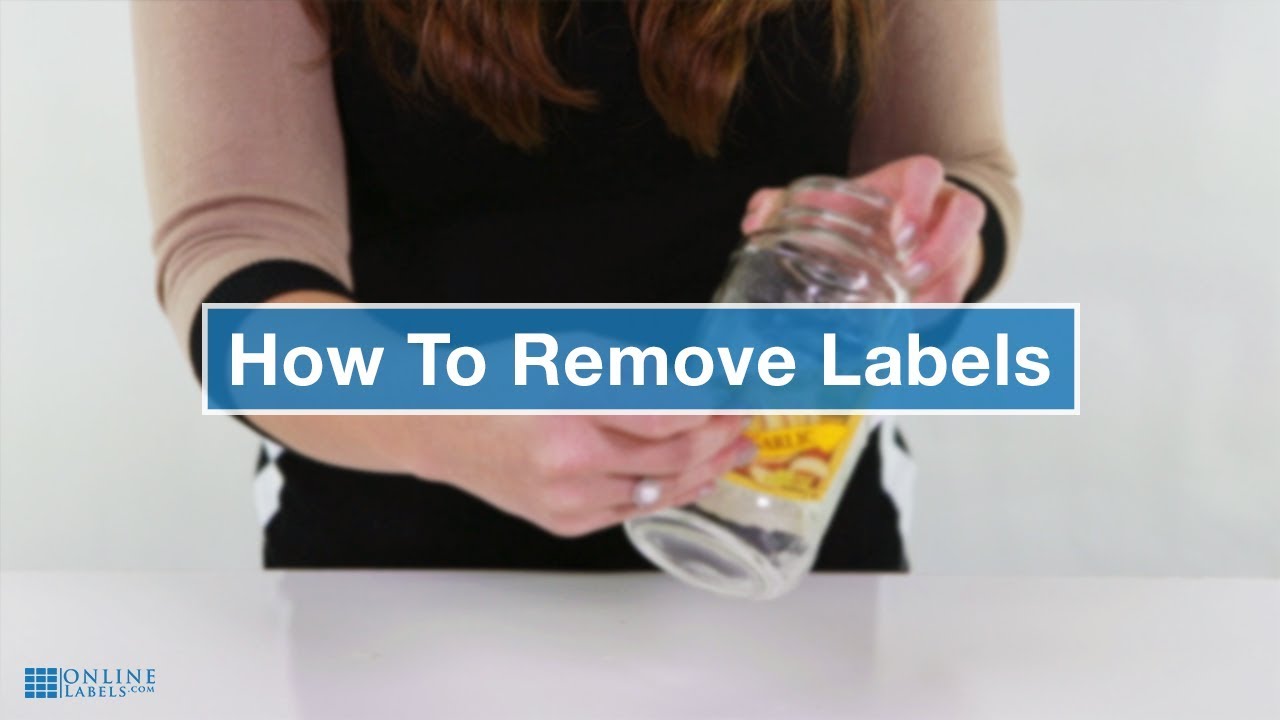
To remove a label painlessly, choose the removal process that best matches your object's surface. The type of surface it's applied to can make a huge impact on what method you should use and the difference between a clean removal and a more challenging one. These methods are also applicable if you need to know how to remove sticker residue.
Tip: Always perform the following methods on a test area first. Try finding a spot that won't easily be seen. If some residue stays behind or the material gets warped, it'll stay hidden. Repeat the process on the remainder of the label once you received the desired result.
Removing Labels from Glass and Metal
Glass and metal are among the most common surfaces used for labelling. The best method for removing labels from glass or metal surfaces is listed below. This is also one of the easier methods of removal and works especially well with wine, beer, and water bottle labels.
Submerge Your Object
Fill your sink or container with warm-to-hot water.

Mix in a half scoop of OxiClean® or dish detergent for extra strength.
Place your item in it to soak. If you're using this method to remove a label from an empty bottle, it may help to also fill the bottle with warm water.
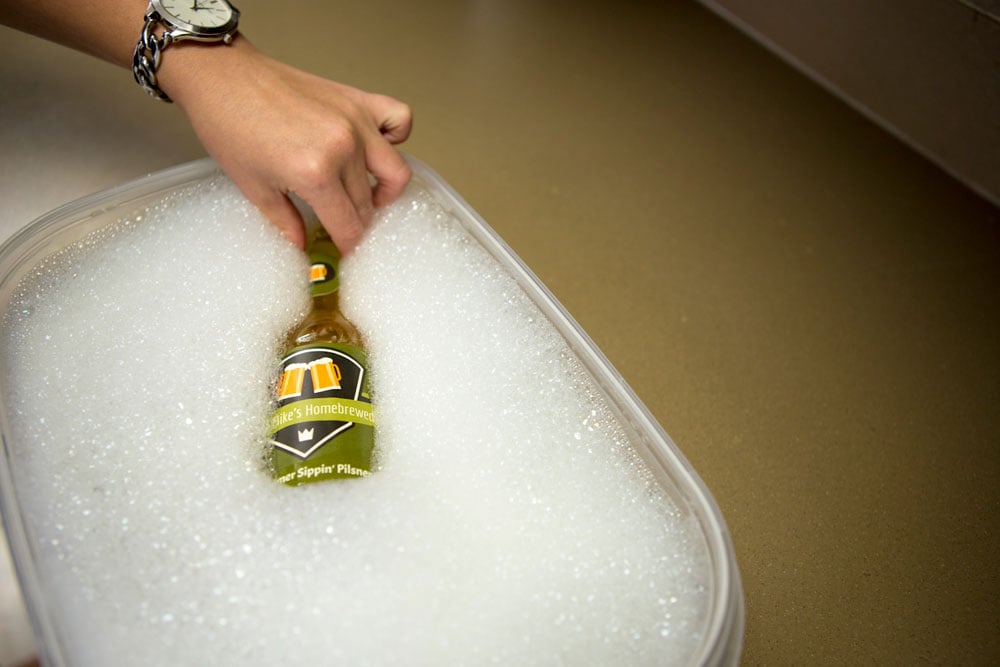
Let the item soak. Different labels and adhesive strengths will require various soaking times, so check them periodically. You may even need to let it soak overnight.
Peel one corner of the label and the rest should follow cleanly.
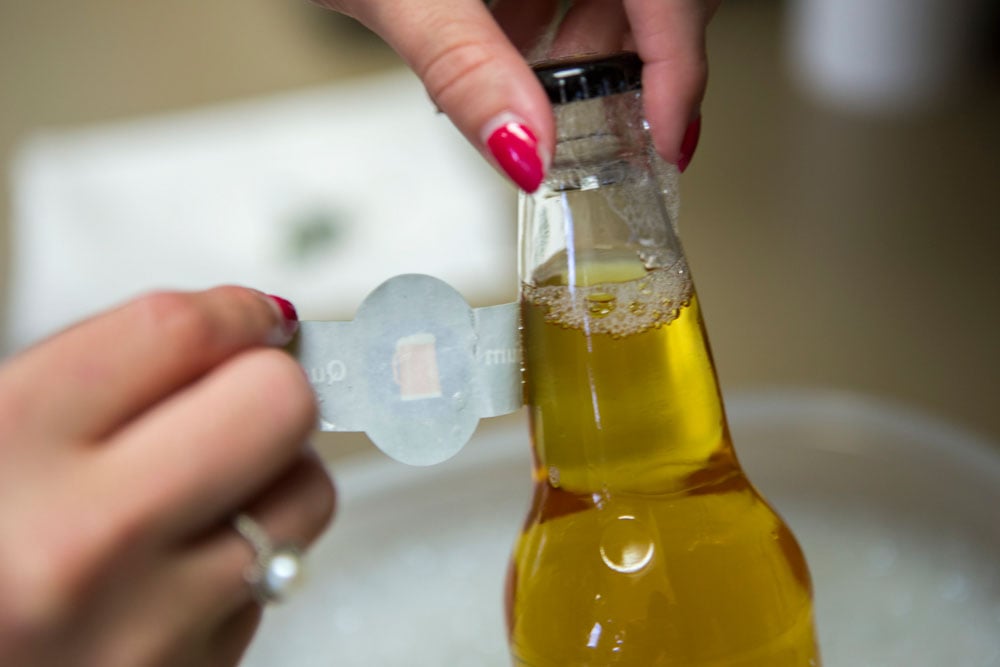
Use a wet sponge to scrub any residual residue from the surface.
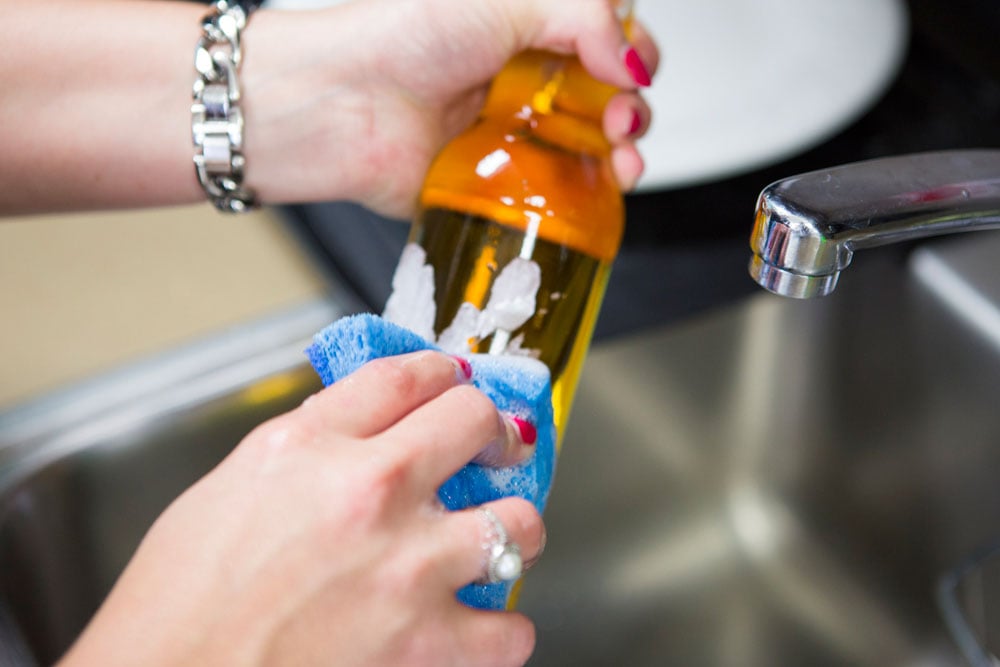
Dry off your object and enjoy.
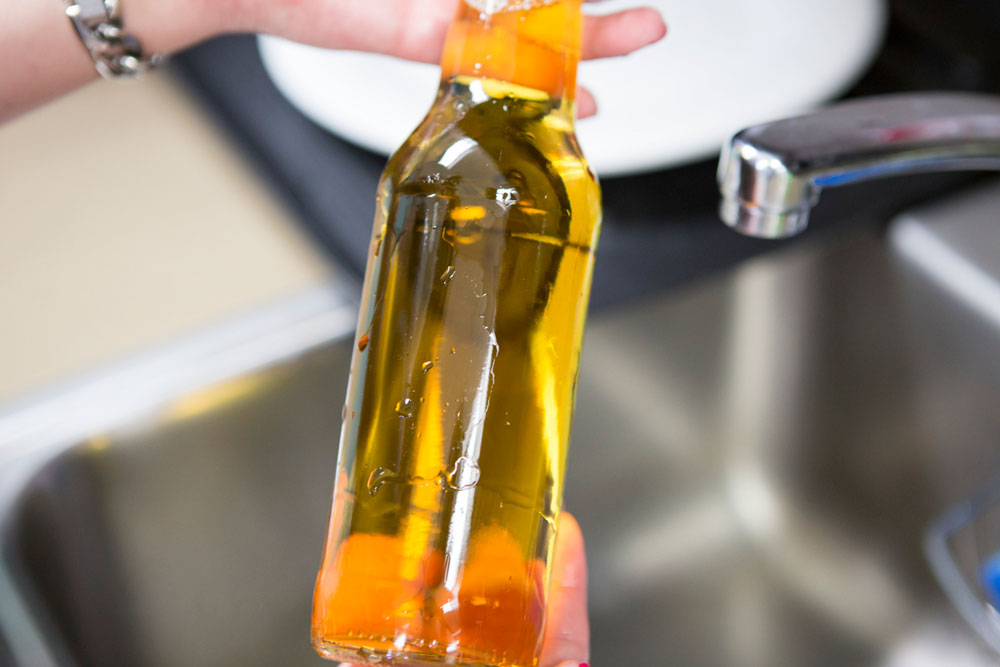
Tip: If your object is small enough, you can use a 2-litre bottle with the top cut off as a bowl.
Removing Labels from Plastic
Standard labels can be difficult to adhere to plastic, requiring manufacturers to utilize a stronger alternative. This means consumers are left with a stubborn-to-remove label. The two most effective options for removing plastic labels from objects like medicine bottles or food containers are listed below.
Option 1 - Applying Nail Polish Remover or Rubbing Alcohol
Apply a generous amount of nail polish remover to a cotton ball, cloth, or paper towel.
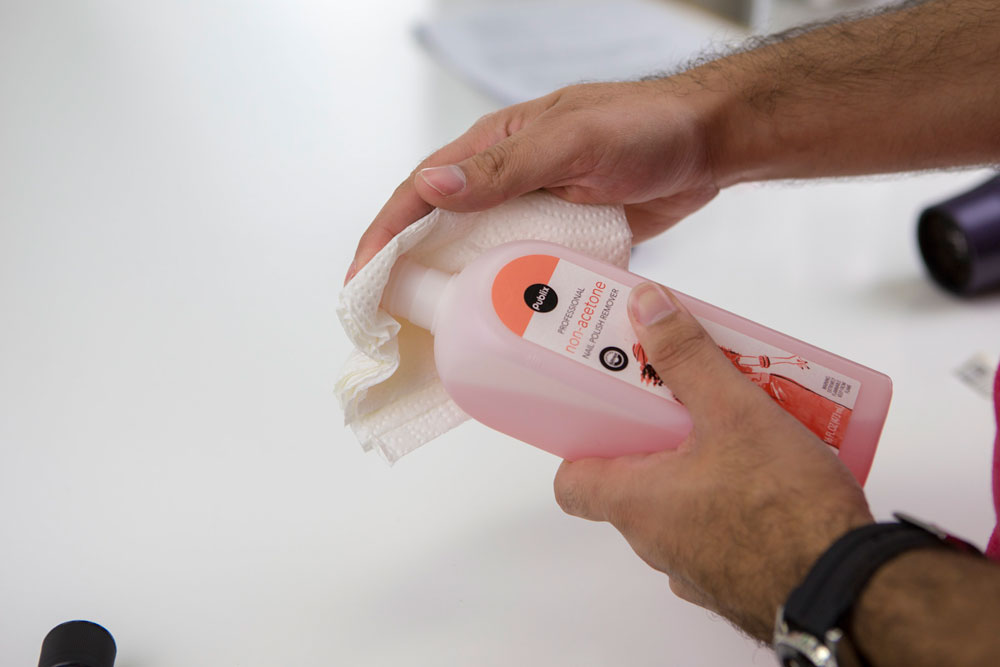
Apply the cloth and let sit until you can see the remover soaking in. Scrub if necessary.
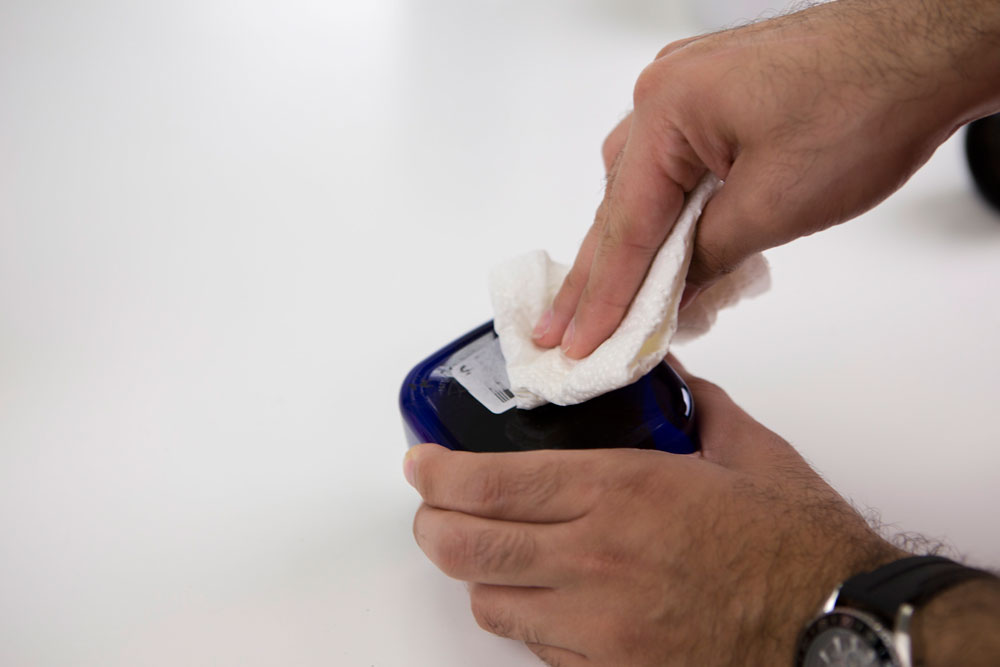
Peel off the label.
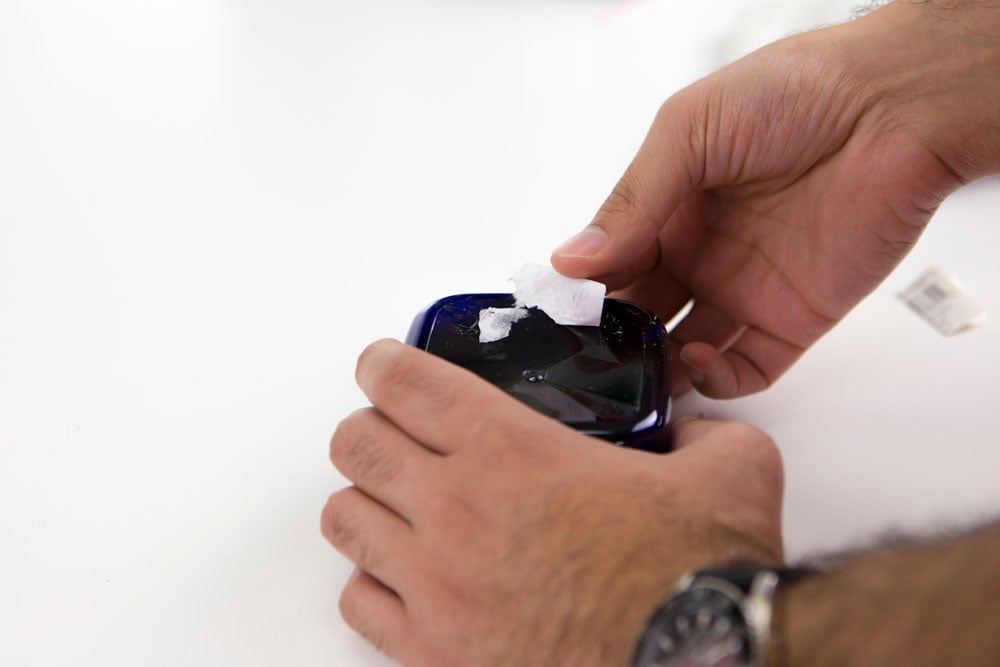
Use a sponge to scrub any residue left on the surface.
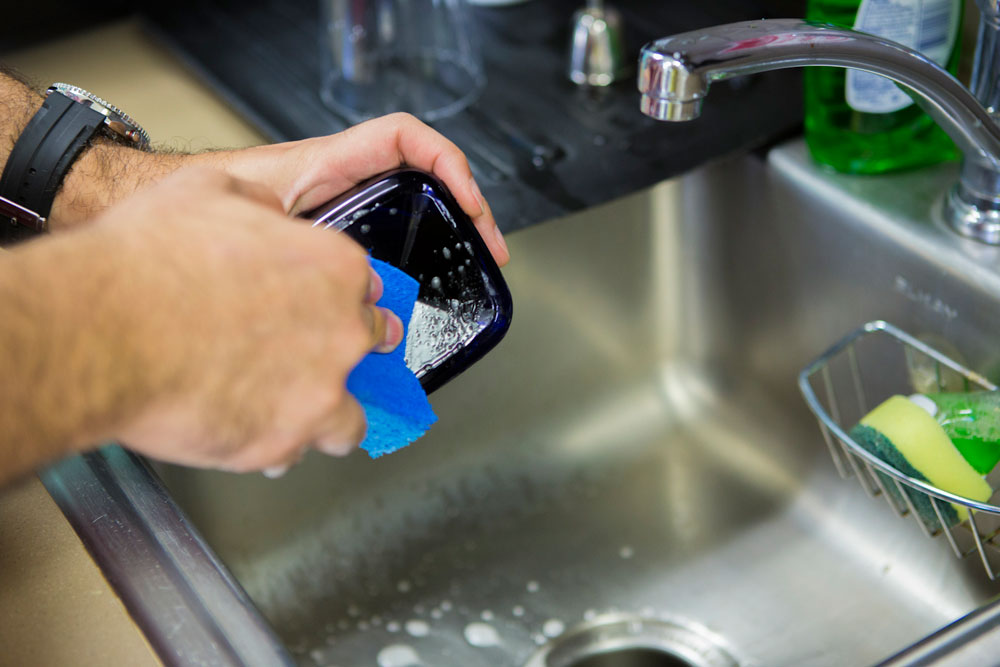
Dry off your object and enjoy.
Option 2 - Blow Dry the Adhesive
Run the hair dryer on warm over the label in 1-minute intervals to allow the heat to loosen the adhesive.
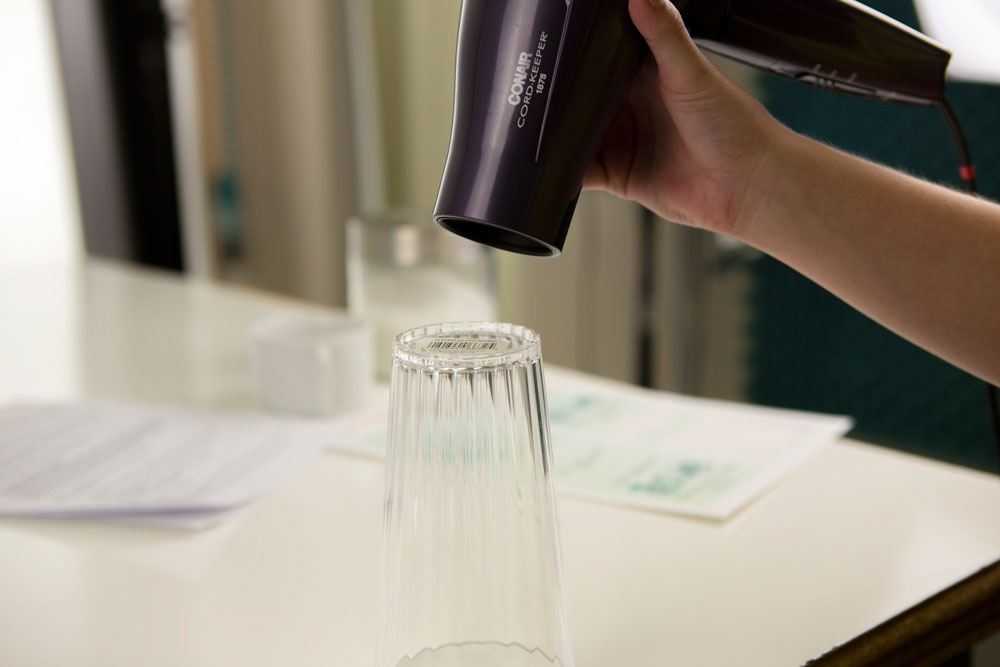
Continue moving the hair dryer over the label until it peels off completely.
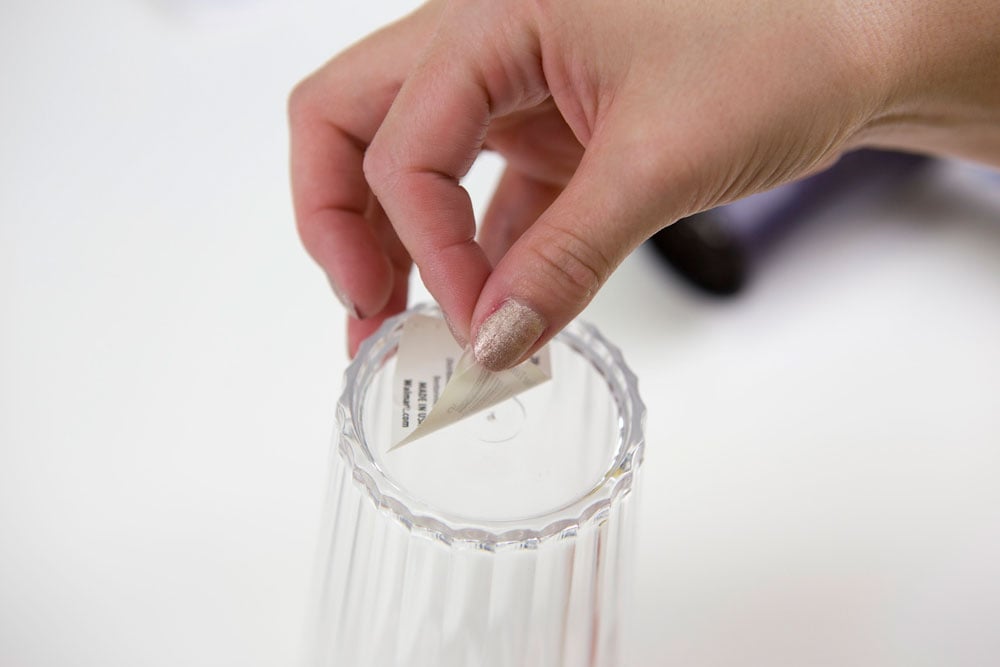
Use a wet sponge to scrub any residual residue from the surface.
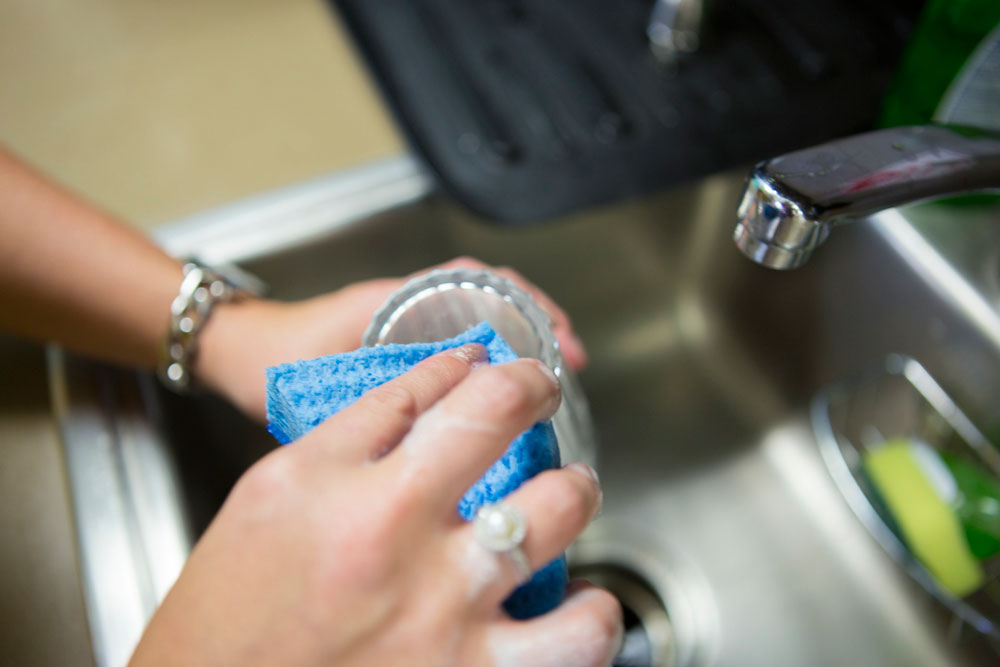
Dry off your object and enjoy.
Removing Labels from Ceramics and Porcelain
Most companies use paper labels on ceramics and porcelain which may sound less complicated, but they can tear and can leave you with lots of little pieces. Luckily, we have a solution to the pesky label remnants.
Warm white vinegar in the microwave or on the stove. Do not bring to a boil.
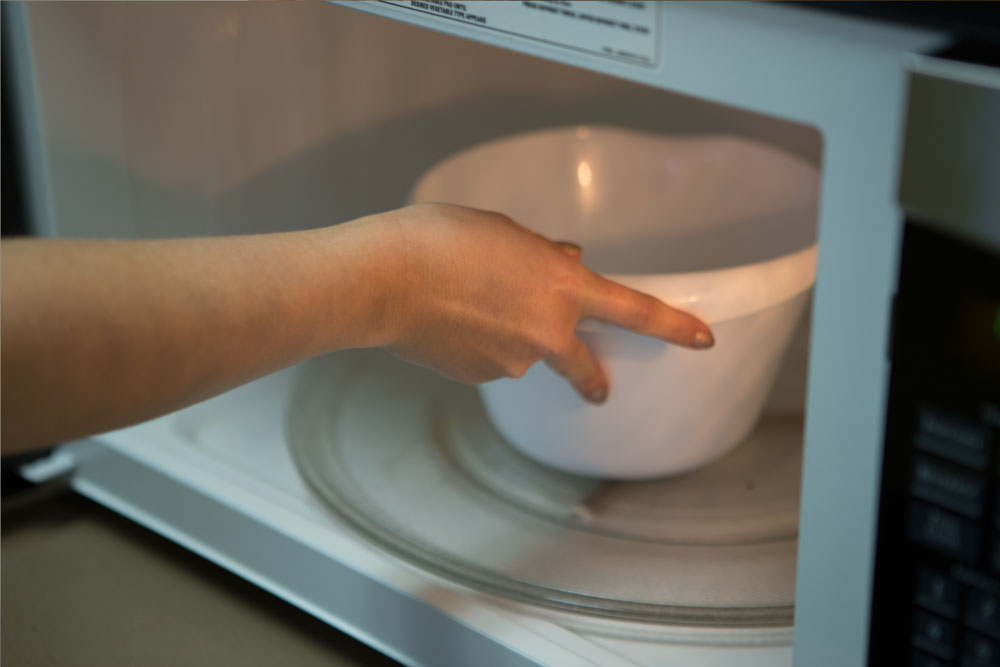
Submerge your item in the warm liquid, if size permits. If not, soak a cloth in the liquid and drape it over the item.
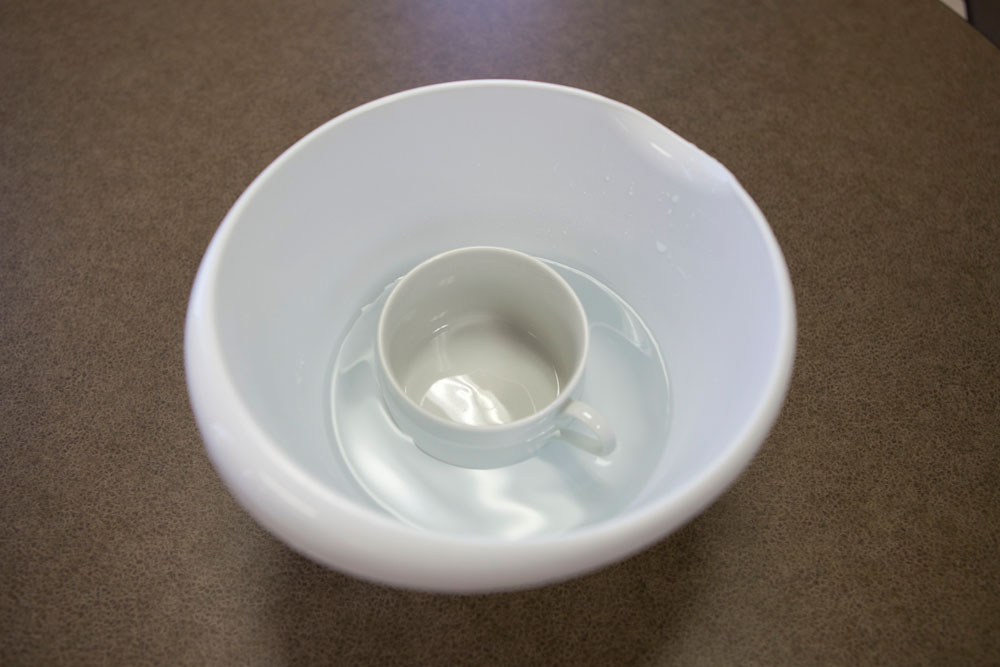
Let the white vinegar soak into the label for 15-30 minutes.
Remove your item from the white vinegar or remove the vinegar-soaked cloth and begin to peel one corner of the label. The rest should follow.
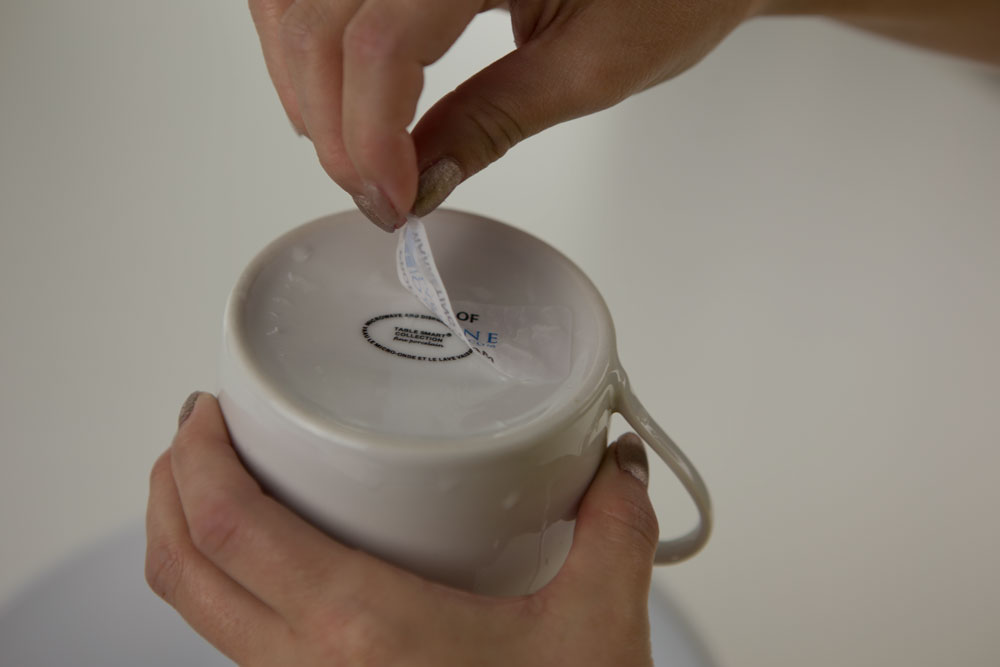
Use a wet sponge to scrub any residual residue from the surface.
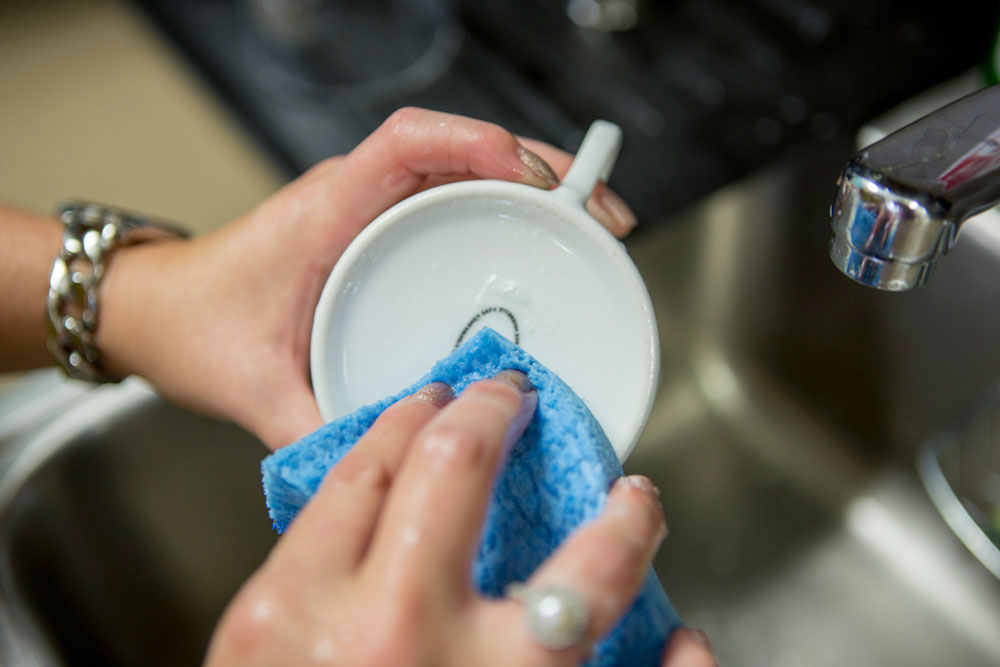
Dry off your object and enjoy.
If you're planning to relabel and repurpose your newly blank jars and wine bottles as decoration, organisers, or fun party favours, skip the hassle next time around with our removable labels. Made with removable adhesive, you can apply them to most surfaces and remove or reposition with ease, and without leaving any residue.


